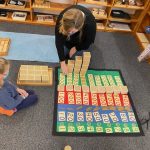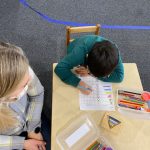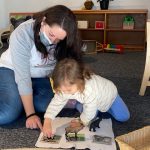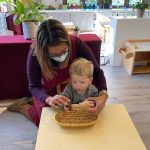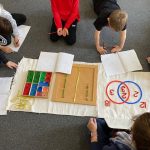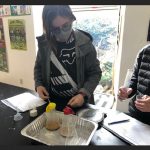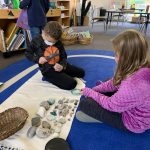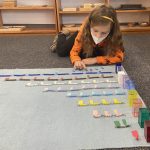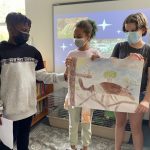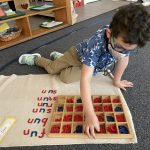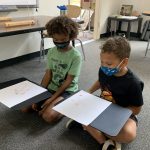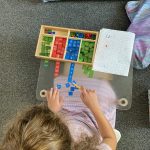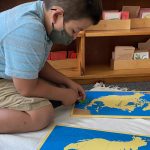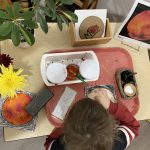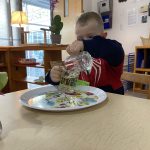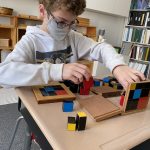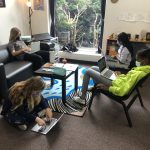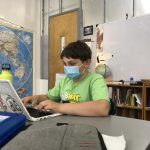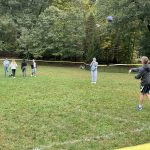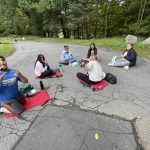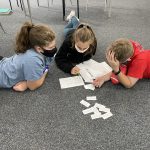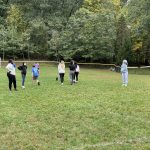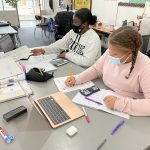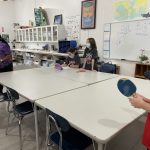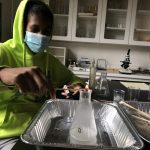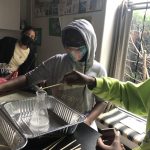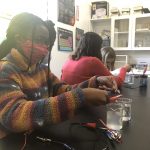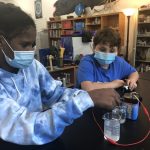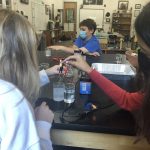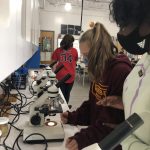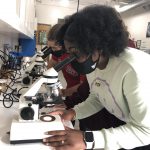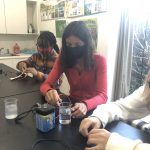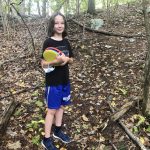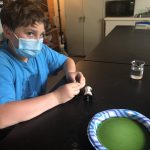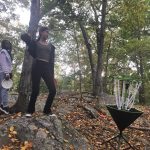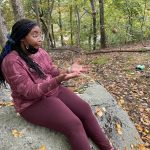Humanities
Grade 6 Humanities students continued to work on their organizational writing. They watched a brief TED talk by time-lapse photographer, Louis Schwartzberg who shows some of his work on a documentary about gratitude. Then students responded in writing, discussing how they can show gratitude each day. Students were encouraged to read each other’s responses and comment on their writing. This builds their written discussion skills as well as practice giving positive, specific feedback when peer reviewing writing. Next they looked at and discussed how form affects writing, using two poems by E.E. Cummings as their exemplars. Finally, 6th grade students also practiced their editing skills and completed a unit of vocabulary.
Grade 7 Humanities worked this week on their Religions of China research presentations. They completed research using guided questions to help them, and then they began Google Slides presentations that they will be giving to their classmates next week to teach them about the religion and the role it plays/played in Chinese history. Students also completed a unit of vocabulary.
8th grade Humanities classes finished reading short stories to prepare them for their irony in literature essay. This week, they read, “The Lottery” by Shirley Jackson and “Sentry” by Frederick Brown, both with excellent examples of situational irony. For Poetry Tuesday, students read “Mending Wall” by Robert Frost and discussed the notion of boundaries and tradition. When are boundaries necessary? When should traditions be preserved v. changed? Finally, they completed an additional unit of vocabulary.
Science
6th year Earth Science students just finished their unit, Fossils and Studying Earth’s Past. This week they began their unit, Tectonic Plates. Within this unit, students will learn about the literal driving force behind what shapes our planet. Next week, students will begin planning their stop motion videos representing the effects that convection currents have on the movement of tectonic plates and formation of our continents.
7th year Physical Science students spent the week conducting several hands-on activities identifying characteristic and non-characteristic physical properties of matter. Students were able to explain what properties of matter remain the same compared to those that are different through observation, regardless of shape, size, or color. Students tested how to identify salt water from sugar water by testing the solution’s electrical conductivity.
8th year Life Science students are continuing their unit, Structure of Life. Similar to their last unit, Cell Theory, this unit explains how the structure and function of multicellular organisms depends on the interaction of tissues, organs, and organ systems. Students will look to make connections between the functions of a cell’s organelles to those one might be more familiar with in the real world (nucleus – CEO of a company).
Math
In Transition class, students practiced how to write a numerical sentence from a written statement and how to use formulas and substitute values. This class will have a summative assessment next week to test their understanding of the eight lessons covered in Chapter 2.
In Algebra class, students can find the opposite of a value, testing equivalences using Desmos technology and using related facts to solve sentences for addition and subtraction. This class has taken extra time to master their understanding of using the distributive property and collecting like terms in algebraic expressions.
In Geometry class, students continue to work through Chapter 2 of the UCSMP textbook. This class can identify the properties of a good definition, write bi-conditional statements, and use/interpret Venn Diagrams. Students are excited to start proof statements in the next chapter to come.
Make Joke of the Week: Which tool is best for math? ………………..The multi-pliers.
